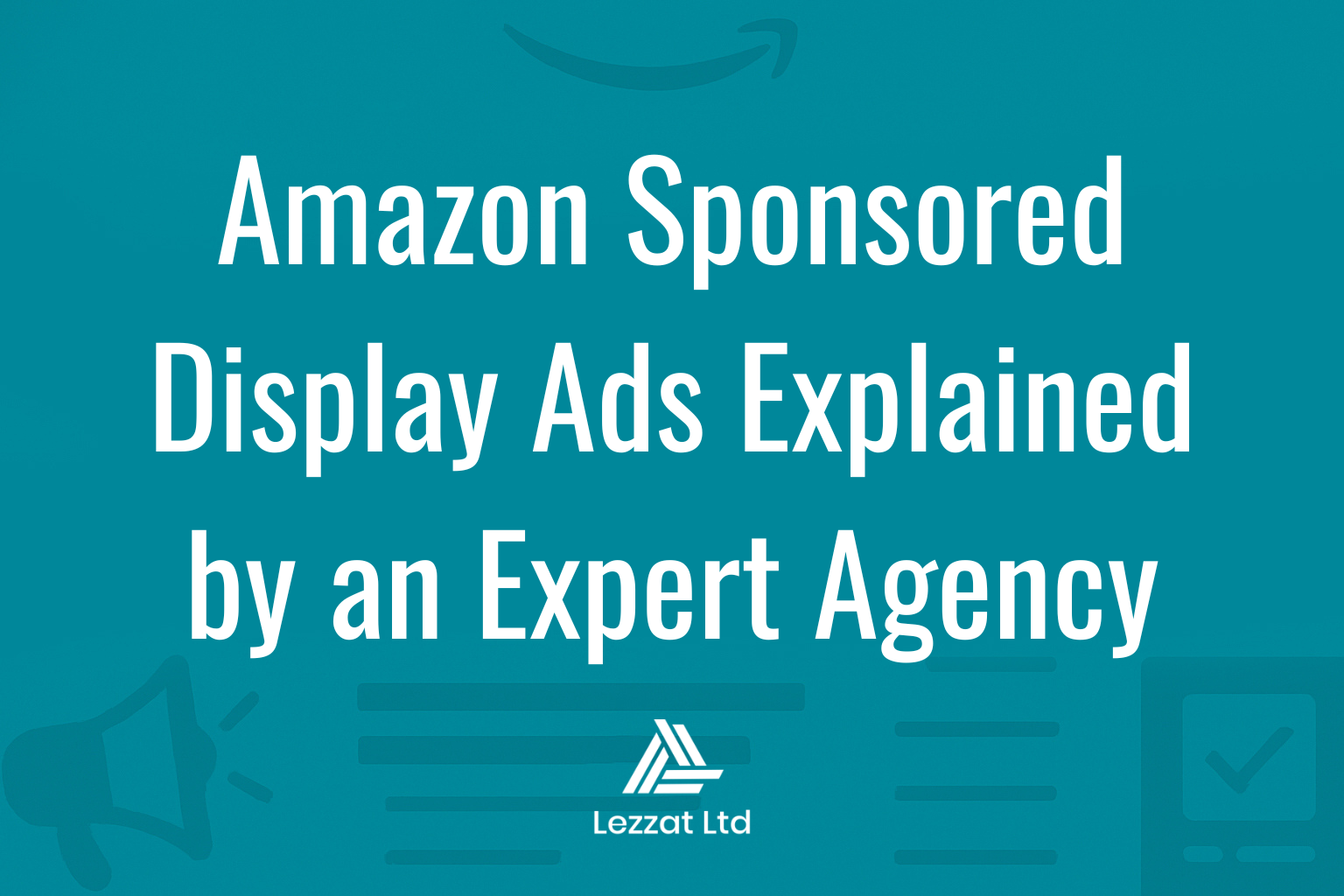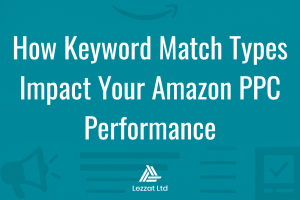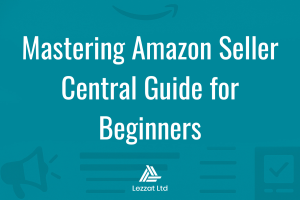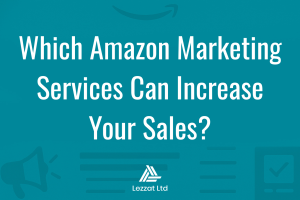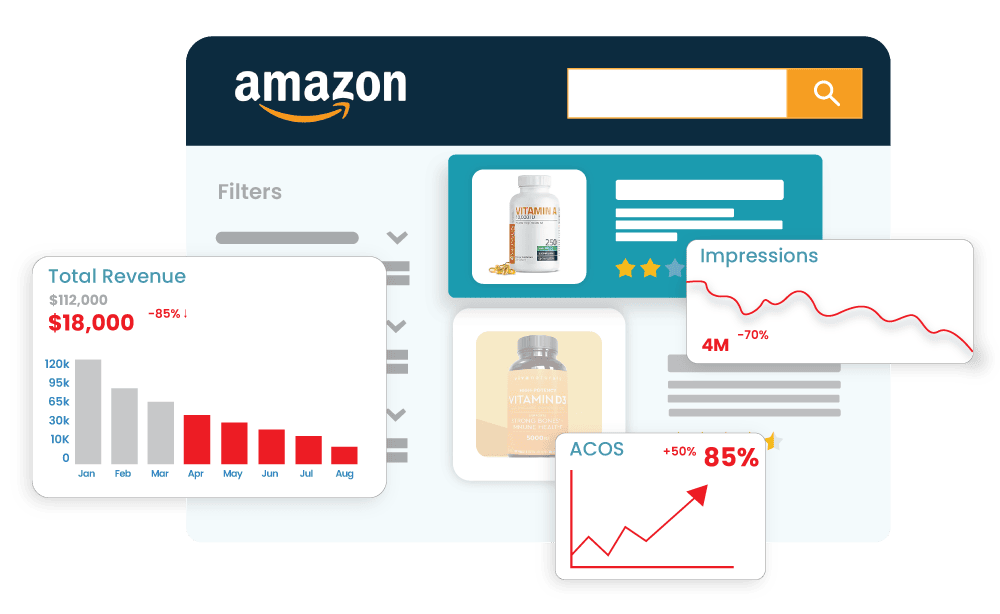Selling on Amazon isn’t easy. Every seller is fighting for visibility, clicks, and conversions—often in a sea of competitors with similar products and identical price points. To stand out, you need more than just great listings and keywords. You need visibility that follows shoppers wherever they go. Enter Amazon Sponsored Display Ads—one of the most powerful yet underused tools in the entire Amazon advertising ecosystem.
In this guide, we’re breaking down everything you need to know about Amazon Display Ads — what they are, how they work, and how a seasoned Amazon ads expert would use them to supercharge an Amazon ad campaign. By the end, you’ll understand exactly how to make Sponsored Display a cornerstone of your advertising strategy, and why ignoring it could mean leaving serious money on the table.
What Are Sponsored Display Ads?
Sponsored Display is Amazon’s self-service display advertising solution. It leverages Amazon’s goldmine of first-party shopping, streaming, and browsing data to help brands reach the right audiences at the right time—both on and off Amazon.
Think of it as your way to follow potential customers beyond the search results. Sponsored Display ads appear not only on Amazon’s own properties—like product detail pages, search results, and even IMDb or Twitch—but also across a vast network of third-party websites and apps. It’s Amazon’s version of an “always-on” display engine, built for awareness, consideration, and conversion.
Unlike Sponsored Products (which target keywords) and Sponsored Brands (which showcase your brand in search), Sponsored Display works across the full funnel. It keeps your products visible even when shoppers aren’t actively searching, ensuring your brand stays top of mind from discovery to purchase.
Who Can Use It?
Amazon keeps it simple: if you’re a professional seller enrolled in Brand Registry, a vendor, or an author, you can access Sponsored Display. Agencies managing brands that sell on Amazon can use it too. Essentially, if you’re serious about scaling your brand on Amazon, you’re eligible.
Where Sponsored Display Ads Appear
Sponsored Display placements are everywhere your customers are. They can show up on Amazon product detail pages, shopping results, Amazon Fresh, Whole Foods Market, IMDb, and Twitch—and even across external websites and mobile apps. This flexibility means you can meet shoppers wherever they’re browsing, not just when they’re searching for something specific.
That’s the power of display advertising: it helps you capture interest before, during, and after purchase intent.
Targeting Options (and When to Use Each)
The beauty of Amazon Display Ads lies in its targeting power. Sponsored Display offers two main targeting types: audiences and contextual (product/category).
- Audiences (remarketing & prospecting)
This is where you tap into Amazon’s vast shopper data to reconnect with people who have already shown interest. You can re-engage those who viewed your product (views remarketing), encourage repeat purchases from previous customers, or target curated audience segments Amazon has built from real behavioural data. This is where your brand becomes familiar—and familiarity drives conversions. - Contextual Targeting (product/category)
This option lets you place ads beside relevant or competing products and categories. Want your new blender to appear next to rival brands’ listings? Done. Want to protect your own listings from competitor poaching? Easy. Contextual targeting helps you play both offence and defence.
Optimised Targeting for Conversions
In August 2025, Amazon rolled out Optimised Targeting, an AI-driven upgrade that automatically expands your reach to shoppers more likely to convert. It’s ideal for sellers who’ve nailed their core targeting and are ready to scale with precision.
Bidding, Budgeting, and Optimisation Strategies

Every powerful tool needs a strategy, and Amazon Sponsored Display Ads are no exception.
You can choose between different optimisation strategies depending on your goal—reach, page visits, or conversions. Amazon’s system then automatically adjusts bids to hit that target efficiently.
There are also two bid models:
- • CPC (Cost Per Click) – Ideal for driving conversions and measuring direct ROI.
- • vCPM (Viewable Cost Per Thousand Impressions) – Perfect when your goal is brand awareness and visibility.
Here’s the expert tip: if your goal is sales, stick with CPC first. Once you’ve built strong performance data, experiment with vCPM to expand reach without losing efficiency.
Creative Formats and What “Good” Looks Like
Sponsored Display supports multiple creative formats, and this is where brands can really differentiate themselves.
- • Image Ads: Combine your logo, a headline, and a custom lifestyle image to show your product in action. Skip the generic white-background product shots and tell a story visually.
- • Video Ads: Use short, eye-catching clips that communicate benefits fast. Perfect for high-impact placements both on and off Amazon.
High-quality visuals and messaging matter. Poor images or cluttered designs will sink your performance. Keep creatives clean, clear, and brand-consistent. The goal is instant recognition and trust.
Sponsored Display vs Amazon DSP (and vs Other Sponsored Ads)
Let’s clear up a common misconception: Amazon Display Ads aren’t all the same.
- • Sponsored Display is the entry point—self-service, quick to launch, and available directly in Seller Central or the Advertising Console. It uses Amazon’s data to power targeting without needing an agency or large budget.
- • Amazon DSP (Demand Side Platform) is more advanced, allowing programmatic buys, deeper audience segmentation, and cross-channel storytelling—usually managed by specialised agencies.
In short: Sponsored Display gives you agility and accessibility. DSP gives you depth and scale. Most brands start with the former and graduate to the latter.
How an Agency Builds a Winning Sponsored Display Plan
At an expert Amazon ads agency, we use a structured three-stage framework to integrate Sponsored Display into every Amazon ad campaign:
- Protect & Convert (Weeks 1–2)
Goal: Conversions (CPC).
Target shoppers who’ve viewed your hero ASINs or related products. Combine remarketing with contextual targeting to defend your listings and capture competitor traffic. Focus on measurable metrics like ACoS, ROAS, and click-through rate. - Grow Consideration (Weeks 3–4)
Goal: Page Visits (CPC).
Target broader categories to expand your audience. Test multiple creatives and headlines to see which drive higher engagement. Here, the aim is awareness and new-to-brand growth. - Amplify Reach (Ongoing)
Goal: Reach (vCPM).
This is your brand’s megaphone moment. Use video ads, audience segments, and Amazon’s Optimised Targeting to scale efficiently. Track viewable impressions, reach, and assisted conversions to measure impact.
Budgets and Pacing
A good rule of thumb? Dedicate 15–25% of your total Sponsored Ads budget to Sponsored Display, focusing first on your top-performing ASINs. From there, increase investment in the audience segments and placements showing the highest return.
Sponsored Display thrives on consistent visibility—think of it as a marathon, not a sprint.
Account and Retail Readiness Still Matter
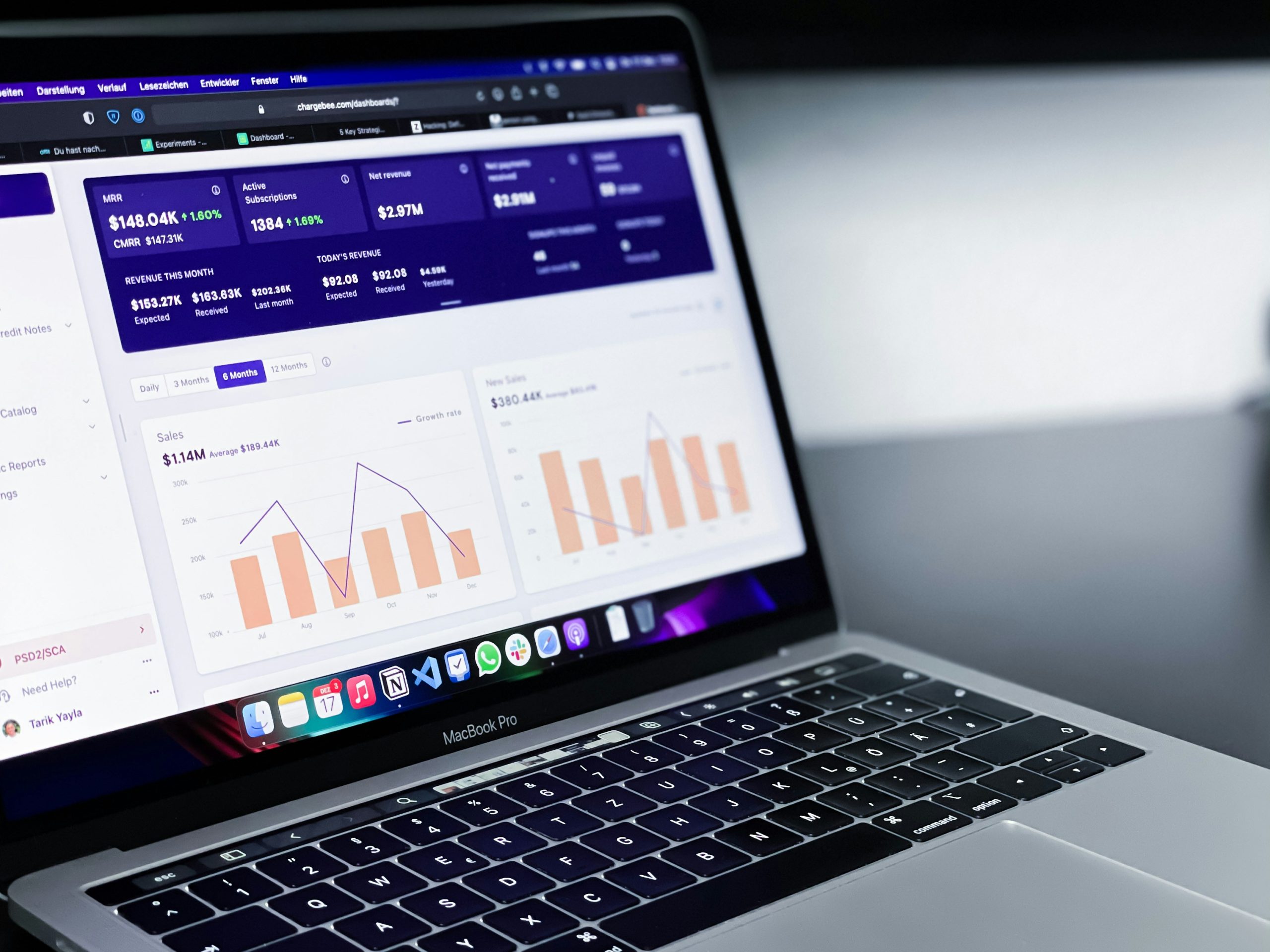
No matter how sophisticated your targeting or creative is, Sponsored Display can’t fix a weak listing. Before you scale, make sure your product pages are optimised: competitive pricing, clear images, A+ Content, and strong reviews. If your listing converts well organically, your ads will perform exponentially better.
Creative Best Practices from an Amazon Ads Expert
- • Lead with benefits, not features. Headlines should highlight what your product does for the customer, not just what it is.
- • Use lifestyle imagery. Custom images add context and personality—don’t waste the opportunity with plain pack shots.
- • Incorporate video. Short, captioned clips increase engagement dramatically.
- • Segment your campaigns. Group ASINs by performance and purpose.
- • Control frequency. Avoid overexposure by managing ad groups strategically.
These small details often separate average campaigns from exceptional ones.
Measurement That Matters
Track everything. Your console metrics—impressions, clicks, CTR, CPC, sales, ROAS, and new-to-brand—are your best performance indicators. Evaluate them against your objectives: conversions for lower-funnel campaigns, impressions for awareness drives, and engagement for mid-funnel growth.
Remember, display often drives assisted conversions. Look beyond last-click results to see its full impact.
Common Pitfalls (and How to Avoid Them)
- Treating Display Like Search – Display is creative-driven. Don’t apply keyword-style tactics.
- Ignoring Creatives – Reusing product images won’t cut it. Invest in standout visuals.
- Neglecting Off-Amazon Context – Your ads appear across multiple platforms. Make sure messaging resonates universally.
- Scaling Too Soon – Master remarketing and contextual targeting before switching on Optimised Targeting.
Avoid these mistakes, and your Sponsored Display strategy will feel less like guesswork and more like precision marketing.
The Expert Takeaway
Amazon Sponsored Display Ads are one of the most powerful levers for growth on the platform—yet many brands overlook them. Used correctly, they bridge the gap between search and awareness, connecting you to shoppers wherever they go.
So, don’t just treat Sponsored Display as another box to tick. Treat it as a system—a strategic weapon you can understand, optimise, and control. Nail your creative, match your targeting to intent, and align your bidding with your goals. That’s how you turn casual browsers into loyal customers and drive meaningful growth through your Amazon ad campaign.
If you’re ready to take your Amazon advertising to the next level, our team at Lezzat is here to help. As a full-service Amazon agency, we specialise in crafting data-driven ad strategies that turn browsers into loyal customers. Get in touch with us today to talk about your growth strategy. And while you’re here, explore our other blogs and case studies packed with proven insights, success stories, and actionable tips you can apply to your own brand.

